
Reducing Fall Risk at Home
For individuals living with Parkinson’s disease, maintaining safety and independence at home is crucial. Falls are a common concern due to balance and mobility issues associated with the condition. However, by making simple adaptations to the home environment, the risk of falls can be significantly reduced.
Here are practical tips for creating a safe and supportive home environment for Parkinson’s patients and reducing their risk of injuries due to a fall.
Home Safety Adaptations:
Living Areas:
- Rearrange furniture to create wide walking paths, allowing easy maneuvering for walkers.
- Remove throw rugs and clutter from the floor to prevent tripping hazards.
- Keep electrical cords out of the way or secure them to the wall to avoid trips.
- Choose furniture with firm cushions, proper seat height, and good armrests to assist with transfers.
- Ensure proper lighting, especially in areas used at night, with lamps or nightlights to illuminate pathways.
Kitchen:
- Place frequently used items within easy reach, avoiding high shelves or low cabinets that require bending.
- Consider using smaller containers and lighter items to reduce the risk of dropping or spilling.
- Replace cabinet handles or knobs with larger, easier-to-grasp options if necessary.
Bedroom:
- Keep pathways clear of obstacles, throw rugs, and electrical cords.
- Install bedside lamps and nightlights to provide illumination during nighttime trips.
- Consider using a bed rail if needed for assistance with rolling over or getting out of bed.
- Arrange closet shelves at a proper height to avoid excessive reaching or bending.
Bathroom:
- Place rubber-backed bath rugs outside the shower to prevent slipping.
- Avoid decorative throw rugs that can pose a tripping hazard.
- Install grab bars securely near the shower, toilet, and sink.
- Consider using a shower chair or tub bench for added stability during bathing.
- Ensure adequate lighting, especially during nighttime bathroom trips, with the addition of nightlights.
By implementing these home safety adaptations, Parkinson’s patients can minimize fall risks and enjoy greater confidence and independence in their daily activities. Remember, even small changes can make a big difference in promoting safety and well-being at home.

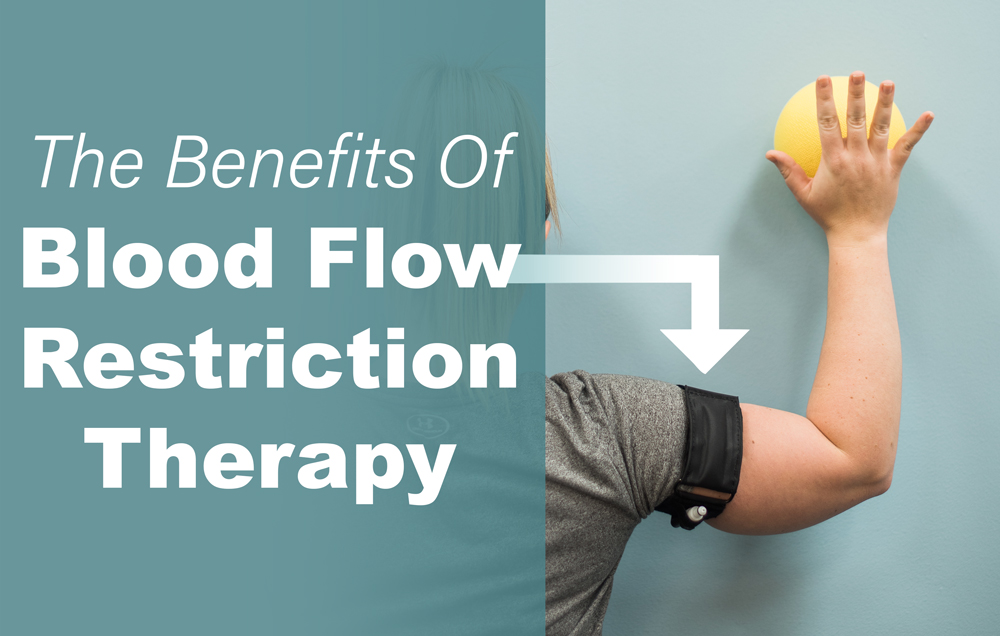
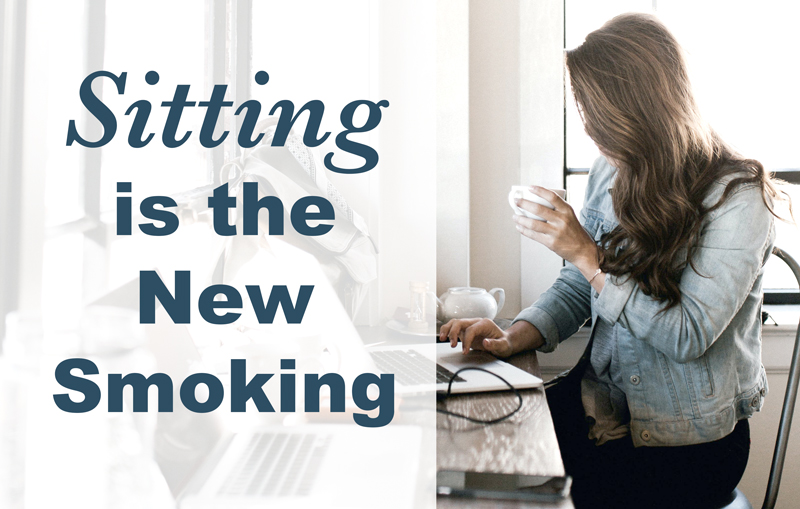
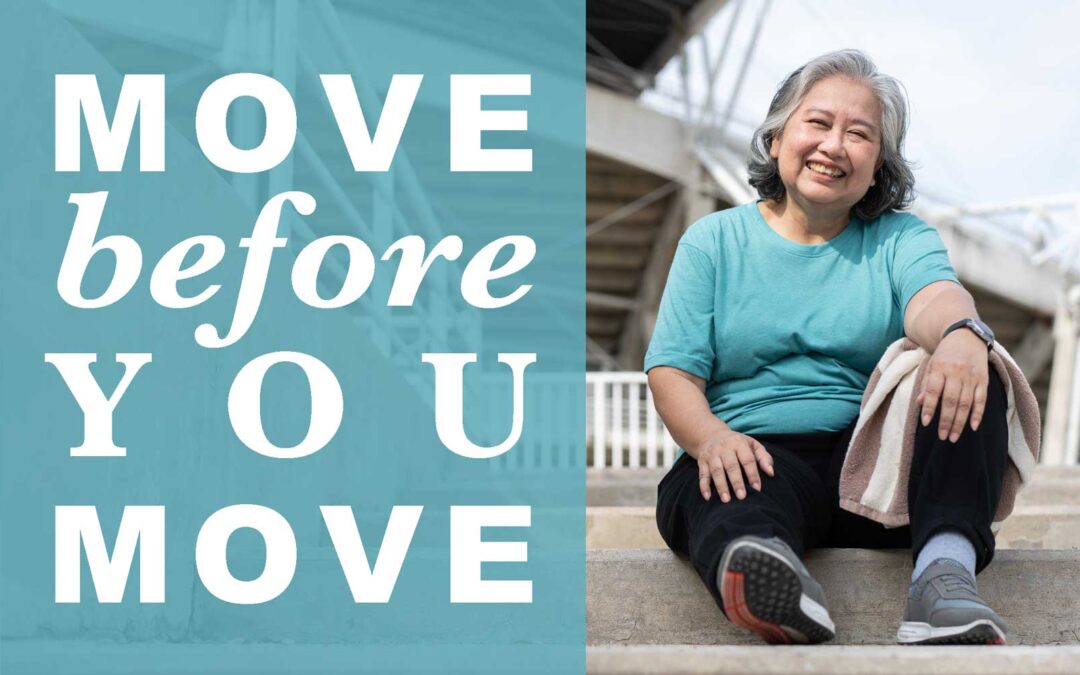



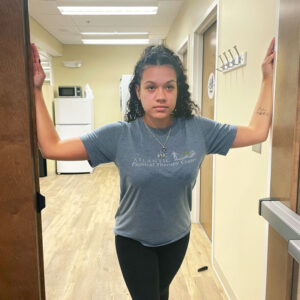
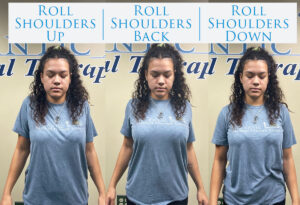
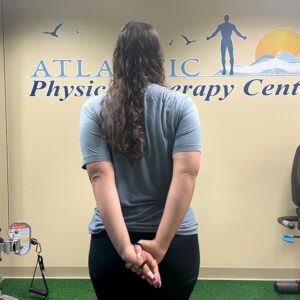





Recent Comments